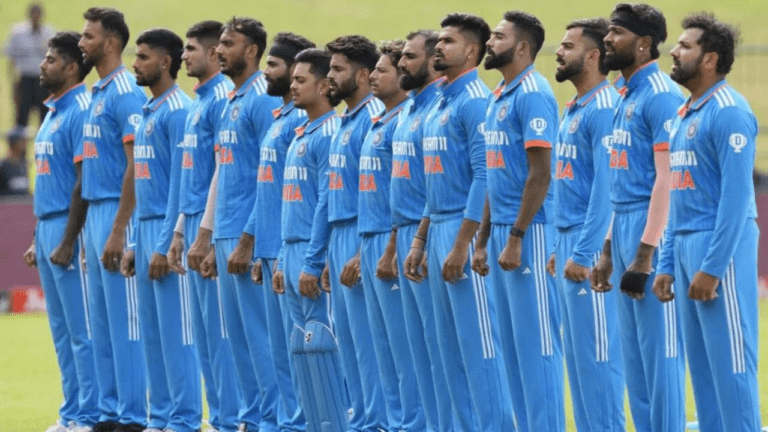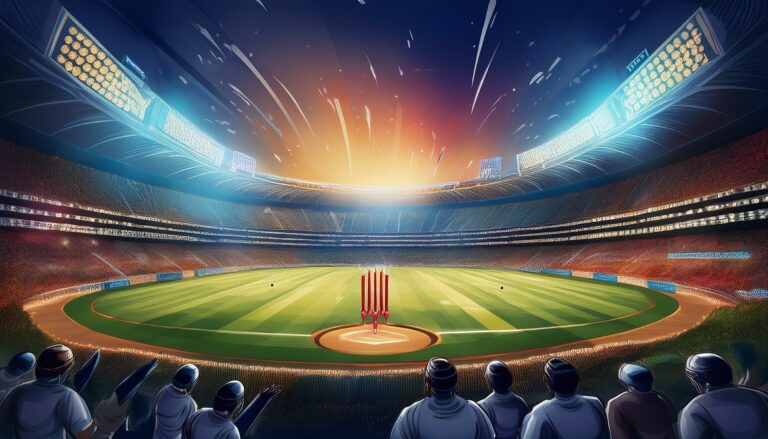IPL’s Role in Promoting Cricket Among Women and Girls
99Exch, Gold: One major challenge that women and girls face in accessing cricket opportunities is the prevalence of gender stereotypes and biases within the sport. Despite the growing popularity and success of women’s cricket on the international stage, many still perceive it as a male-dominated sport, leading to limited access to resources, facilities, and support for aspiring female cricketers.
In addition, the lack of visibility and media coverage of women’s cricket compared to men’s cricket poses a significant barrier for women and girls looking to pursue a career in the sport. Limited exposure and recognition not only hinder opportunities for sponsorship and professional contracts but also contribute to the perpetuation of the notion that cricket is primarily a male domain.
Historical Barriers to Women’s Involvement in Cricket
Throughout history, women have encountered numerous obstacles when trying to engage in the sport of cricket. Traditionally, cricket has been viewed as a male-dominated sport, resulting in limited opportunities for women to participate. The societal norms and gender stereotypes surrounding sports have often hindered women from accessing cricket programs, facilities, and resources.
Moreover, the historical lack of investment and support for women’s cricket has contributed to the existing barriers faced by female athletes. Funding disparities, unequal media coverage, and limited coaching and training opportunities have all played a role in impeding women’s involvement in cricket. These longstanding challenges have created significant obstacles for women and girls who aspire to pursue their passion for cricket at a competitive level.
What are some of the challenges faced by women and girls in accessing cricket opportunities?
Some challenges include limited access to training facilities, lack of funding for women’s cricket programs, and societal attitudes towards women participating in sports traditionally seen as male-dominated.
What are some historical barriers that have prevented women from being involved in cricket?
Historical barriers include gender stereotypes that limit women’s participation in sports, the lack of support for women’s cricket at a professional level, and limited opportunities for girls to start playing the sport at a young age.
How have these barriers impacted the growth and development of women’s cricket?
These barriers have hindered the growth of women’s cricket by limiting participation, resources, and opportunities for women and girls to excel in the sport. As a result, women’s cricket has historically been marginalized and underfunded compared to men’s cricket.
What steps can be taken to address these historical barriers and promote gender equality in cricket?
Steps include investing in women’s cricket programs, providing equal opportunities for women and girls to participate in the sport, challenging gender stereotypes, and promoting women’s cricket at all levels of the game. By addressing these barriers, we can create a more inclusive and equitable environment for women in cricket.







